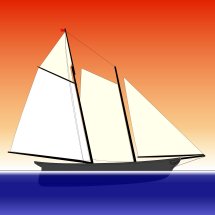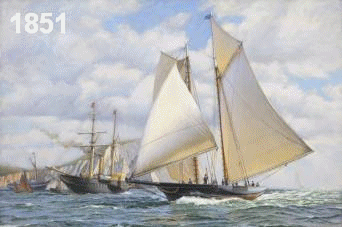 AMERICA'S CUP
AMERICA'S CUP1851-1937
"If we can fly today in the San Francisco Bay, this is because there have been "adventurers" like Walter Greene and Mike Birch.
To understand the future, we must know and respect the past."
Loïck PEYRON (Voiles et Voiliers July 2014)
![]()



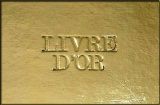





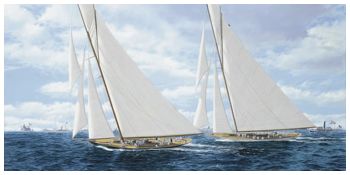
 Oct. 17, 1899
Oct. 17, 1899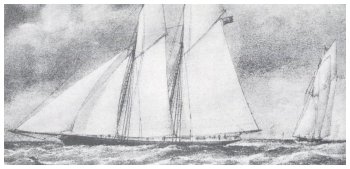


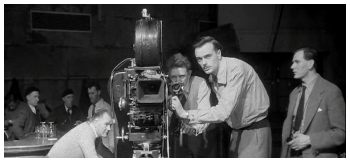

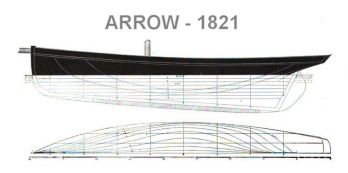
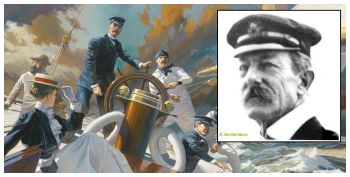
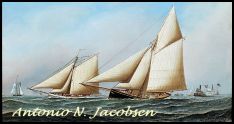 Born in Copenhagen, Denmark in 1850 to a family of violin makers, Jacobsen emigrated to the United States in 1871. By 1880, he was living in West Hoboken, New Jersey, on the Palisades above the "City of Ships". It was here that he established himself as a successful ship portraitist.
Born in Copenhagen, Denmark in 1850 to a family of violin makers, Jacobsen emigrated to the United States in 1871. By 1880, he was living in West Hoboken, New Jersey, on the Palisades above the "City of Ships". It was here that he established himself as a successful ship portraitist.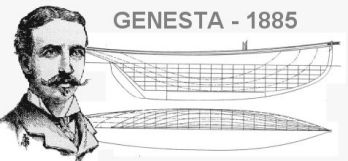 John Beavor-Webb (1849 - March 11, 1927) was an Irish-American naval architect.
John Beavor-Webb (1849 - March 11, 1927) was an Irish-American naval architect.

